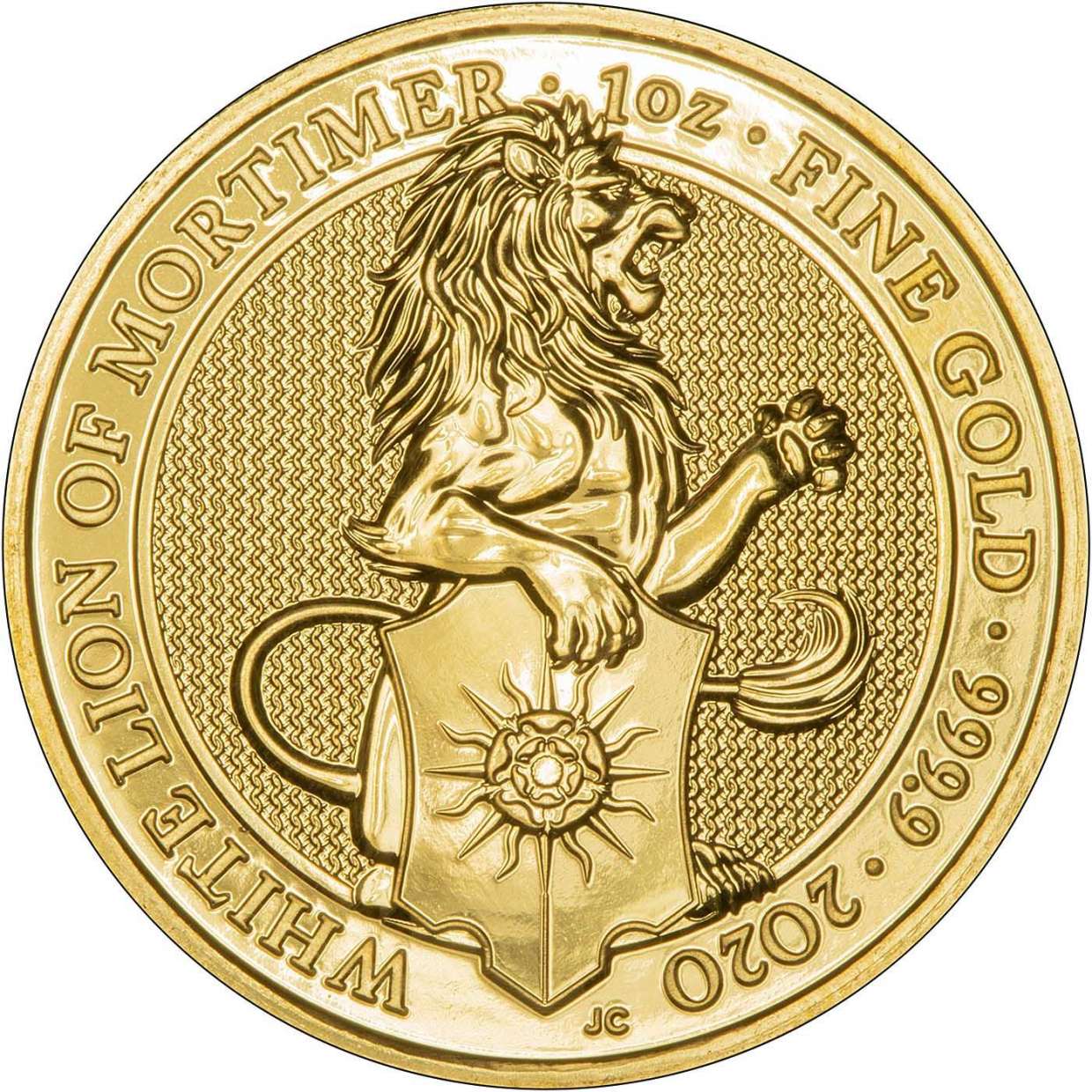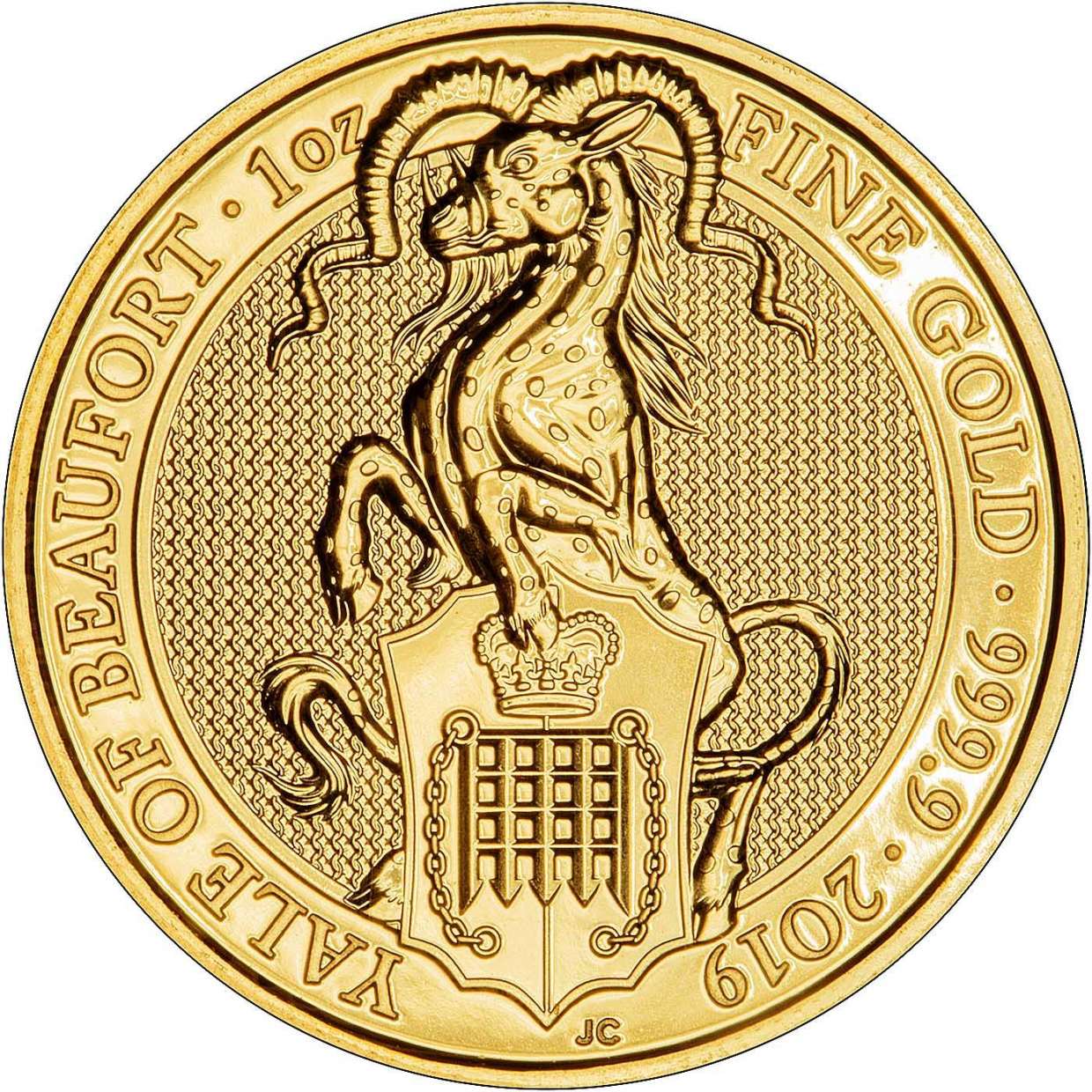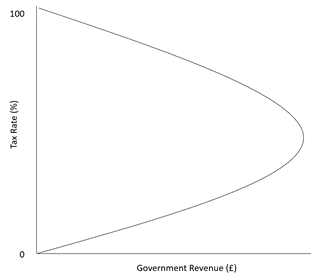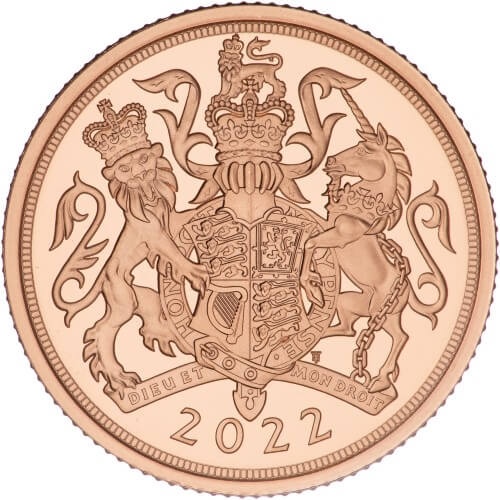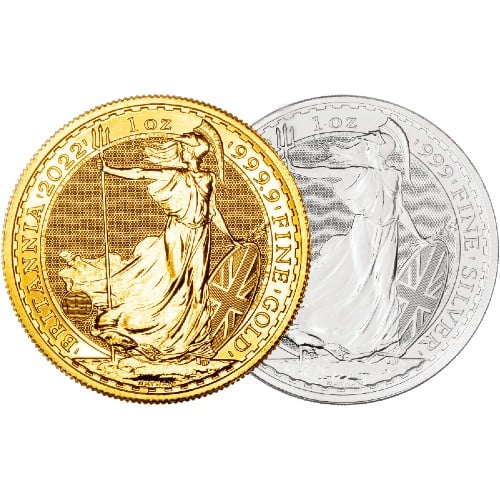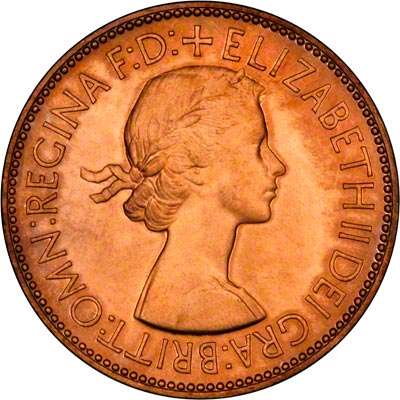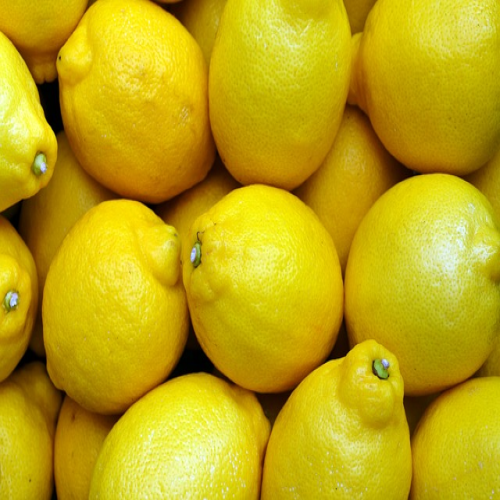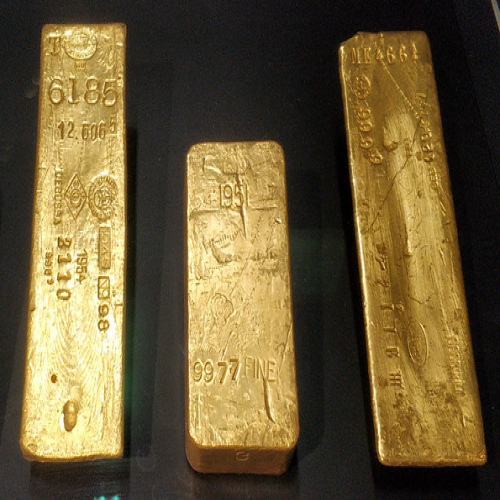Milk Spots on Silver Coins
Synopsis
I had never heard the term "milk spot" until the last year or two.
I think I first became aware of it on The Silver Forum, where there seems to be lots of discussions and complaints about milk spots, mainly about British Royal Mint silver coins including some high premium proof coins, and also bullion coins like Britannias.

Milk Spots
This composite image shows milk spotting on a 2021 UK silver proof Queens's Beasts Black Bull of Clarence coin, one of 9 coins from a 10-coin Royal Mint set to feature this production defect.
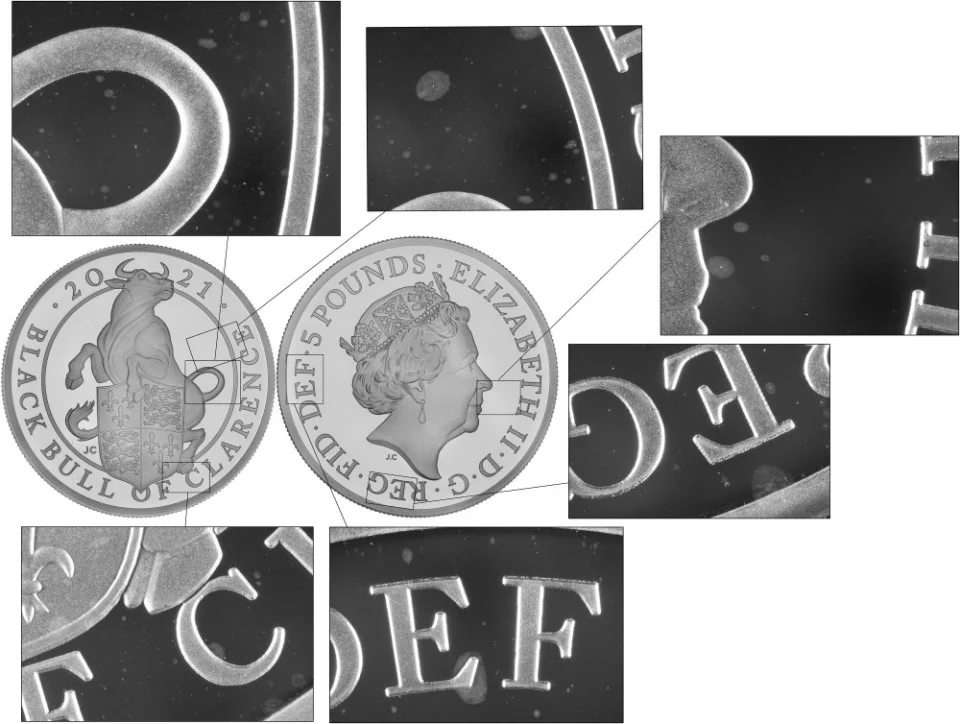
Of course, I have seen white spots on silver coins before, but had never called them milk spots, or heard anyone else call them that, until quite recently as I just mentioned.
I can call to mind seeing a slight grey blue bloom on some silver proof crowns from 1980 and 1981. In the past, we have tried silver dipping a few coins, but with very poor results. I suspect that this bloom is caused by the same or a similar production problem.
A quick search using Google will find many pages discussing the problem, but none which states its cause, although a few of the sites including YouTube videos seem to claim to explain the phenomenon and its cause, but fail to actually do so.
A number of these sites mention that it might be caused by solvents or detergents used to clean the planchets (blanks). Some suggest PVC. Although PVC can and does cause some tarnishing, corrosion, or discoloration, I have never noticed it causing milk spots, so I think we can discount the PVC theory. My own thoughts were that it might be caused by oils or other lubricants, affecting either the blanks or the actual coins during the striking process.
The Royal Canadian Mint is to be commended because, according to its website, it carried out research over about 4 years, and in 2018 introduced something called MintShield, which reduces, slows down, or helps to prevent milk spotting. It proudly states that it now incorporates MintShield into its silver bullion maples, and other silver coins. However...
... Disappointingly, the RCM fails to state clearly what causes the problem, what MintShield is or how exactly it works, stating it is a secret process. While I can understand it protecting its investment in research to develop the process, I feel I should deduct points for choosing to withhold the basic facts, namely what is milk spotting, and what causes it.
Mint Responses
As recently as yesterday, I asked our main Perth Mint contact what Perth Mint knew, as I cannot remember seeing it on their silver coins, although I feel sure somebody will have done.
I received the following very prompt reply:
Such spots are caused regularly by some small pollutions at the production process. TPM has made large efforts by cleaning the factory to prevent such spots.
I will check if there is any further “official” statement available about that theme from TPM.
Obviously, this does not explain everything we all want to know, but at least it is more than I have heard from any other mint, apart from the RCM as mentioned above. If I receive any further information, I will post it here.
Related Articles
Related Products
This guide and its content is copyright of Chard (1964) Ltd - © Chard (1964) Ltd 2024. All rights reserved. Any redistribution or reproduction of part or all of the contents in any form is prohibited.
We are not financial advisers and we would always recommend that you consult with one prior to making any investment decision.
You can read more about copyright or our advice disclaimer on these links.





